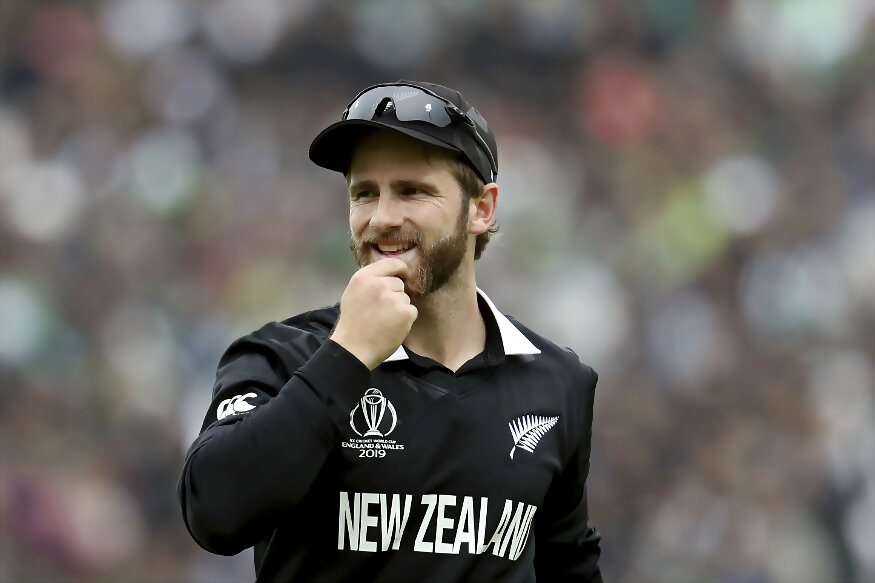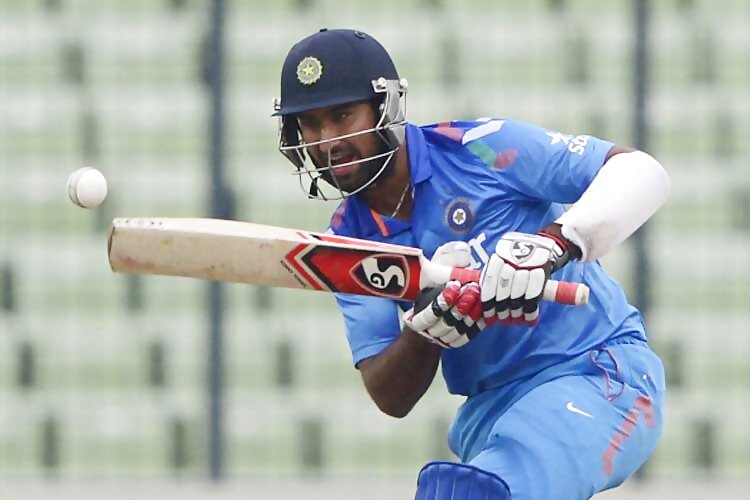
views
What’s left to write? Is there anything unsaid? Kane Williamson is on his way to cricketing sainthood. People who don’t know him want to buy him a beer. Does he drink beer? Won’t he be happier with some oriental herbal tea concoction of his own?
As all three, Williamson, teacup and saucer levitate on some higher plain.
As he strokes his beard a tad, contemplating the slowest, most precise way to partake of the tea. Waiting for it to cool down to an accessible warmth, wherein a sip is followed by yet another sip and still another sip – not too dissimilar to all those dots he played out at the beginning of his innings. Waiting for the ball to cool down. For his bat to warm up. For bat and ball to be paired at an equitable temperature. For singles to follow dots, for twos to follow singles and so on.
The coolness of Williamson moulds with his warmth. There is neither searing heat nor icy cold. It’s a balance that sinks itself in the journey; a journey that lasts 100 overs – or if need be, 102 overs.

Uncertainty and an early wicket embrace the preparation. That it’s time to embark on that arduous uphill trek with a millstone to boot. There would be something lacking if it weren’t so.
So, 29/1 in 6.1 overs builds almost lackadaisically to 102 in the 23rd over. Williamson falls for 30. After the semifinals, another innings built on denial. Against India, Williamson started his climb at 1/1 in the fourth over.
Sometimes, the burden is more, sometimes less, sometimes it may appear to be missing; but it’s Williamson’s acceptance of this burden that makes it so much less cumbersome. Almost Cumberbatch cool on the contrary.
With paltry strike rates of 70 and 56, Williamson led an ascent in the two knockouts. Scores of 67 and 30, at three, in a team score of 241 and 239 – with those boulders of patience, Williamson won the world, nearly the World Cup.
His opposing No 3s wangled 9(22) and 1(6) in the knockouts.
Somewhere in his preparation, was a prior understanding and acceptance, a nullifying of greed, that contrarian scores will be enough.
Last year, I attended a presentation by journalist Paul Salopek on his multiyear, 21,000-mile walk across the world in the footsteps of our forebears. He was still standing, walking and talking after all those miles; with more to go.
In focus was slow journalism an offshoot of the Slow Movement. Carl Honroé, a commentator on the “Slow Movement,” writes that, “Today we are addicted to speed, to cramming more and more into every minute. Every moment of the day feels like a race against the clock, a dash to a finish line that we never seem to reach.”
It appears that somewhere down the line, Kane Williamson and a few others have not just rediscovered Slow Cricket but given weight to its importance in the shorter formats of cricket.
Kane Williamson, man of the series in the 2019 edition of the World Cup with a tournament strike rate of 75.
And by the look of it, he still had some time on his hands. There was no finish line he had to catch.
Before the tournament, it often struck me that in its quest for one-day and T20 top order batsmen, India was missing a trick to play a Test mainstay. India’s first match was on June 5, still early in the English summer.
As the injuries struck, and the No 4 position remained largely unresolved, I still had hope that they may look the other way.
With two wicketkeepers and two leggies in the playing eleven, none of who were gun fielders, would India dare to accommodate a specialist top order Test batsman even though fielding wasn’t his strong suit?
What if he was one of the best leavers of the cricket ball? What if his edges hid from the seeking, moving ball?
In hindsight, it’s those leaves that were not to be that ate India in the semifinals. Rohit edged, Rahul edged, Kohli nearly edged. India edged out of the contest at 24/4.
Cheteshwar Pujara has played 5 ODIs in all, from August 2013 to June 2014. The numbers are not flattering.
He was the man of the series in India’s maiden Test series win in Australia.
Pujara’s Test numbers are not too dissimilar to those of Williamson’s – he’s played 68 to the Kiwi’s 72 Tests; his batting average is 51 to Williamson’s 53; and a strike rate of 46 to Kane’s 51.
Dinesh Karthik and Kedar Jadhav may not play for India again. At best, they were lower middle order. Unlikely Vijay Shankar will turn up either. Wasn’t he lower middle order himself?
Before this World Cup, like Pujara, Rishabh Pant had also played just 5 ODIs. He was more a lower middle order batsman who was being shoehorned as India’s No. 4. A book called Great Expectations could be written on what India expected of Pant and Pant alone. But that’s another story.

The story here is that most likely Rohit Sharma will make the playing XI in the first Test vs West Indies on 22nd August. A Test career with enough stops and starts to make a rainy World Cup day in England proud, Rohit’s ODI form translates into Test picks.
Nearly six years since his debut for those 27 Tests. (with a lion’s share of the innings at No. 6 and 5)
What if the selectors had shown the same belief in a top order Test batsman who is accustomed to playing the moving ball?
Guess we’ll never know.
Then again, a journalist asked Kane Williamson if he would play MS Dhoni in his XI for the World Cup semis. Would’ve been interesting to have heard his reply for Cheteshwar Pujara in his XI?
Or for that matter, Ajinkya Rahane?
But then that would’ve been plain, old fashioned. And Indian cricket doesn’t have the time for that kind of thing.
(Gaurav Sethi branded Bored Cricket Crazy Indians (BCC!) to bring bloggers together. He also branded Che Pujara, Jatman and Thank You Sachin! – as a cartoon, before it became a farewell cry. He used to work on brands. Now he works on himself. He tweets at @BoredCricket)
Read all the Latest News, Breaking News and Coronavirus News here



















Comments
0 comment